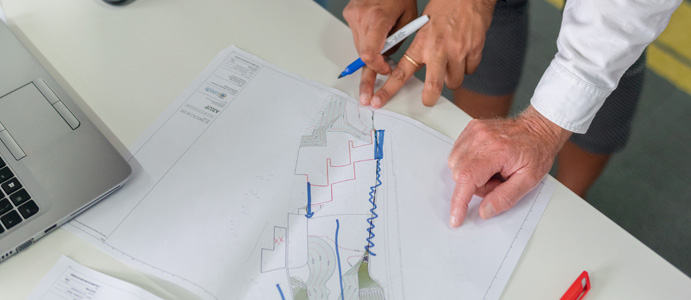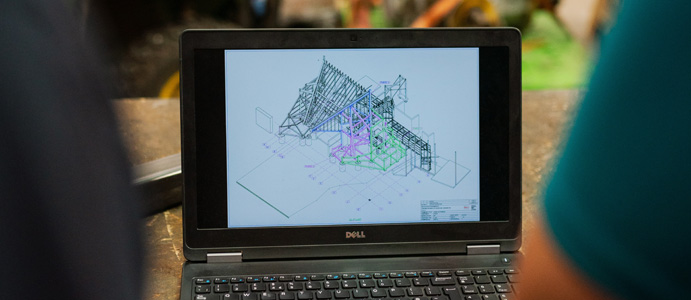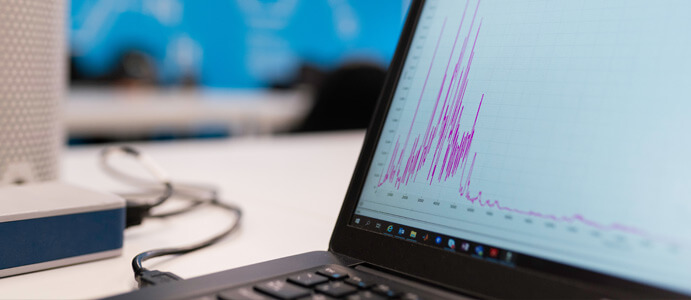
Ready to manufacture? Let us help you take your product from production-ready into piloting (EVT, DVT & PVT) and Mass Production.
Once the design is locked into place, suppliers are selected, and DFM is complete, it’s time to start the New Product Introduction phase. Designing, building and validating production tools, assembly jigs & fixtures as well as PCBA fabrication are a handful of the activities during NPI. We deploy a meticulous verification and validation strategy to ensure that your product is validated from an engineering, design and product perspective (EVT, DVT, PVT). Our new product introduction plays a crucial role in product management, reducing errors and ensuring the product conforms to the requirements and industry standards. We can work with you from the very beginning of the piloting phase to enable this until the first production run.



